THREE "BEST-SELLING" WATER SOFTENERS
| (1) WATER SOFTENER | (2) ULTRAMAX | (3) HYBRID CARBON SOFTENER |
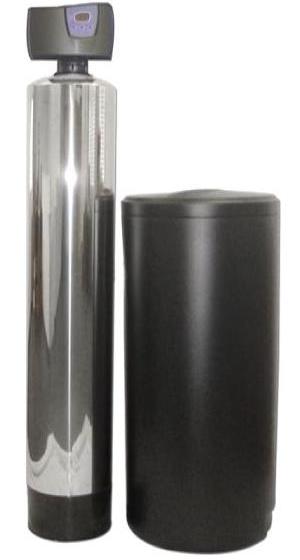 |
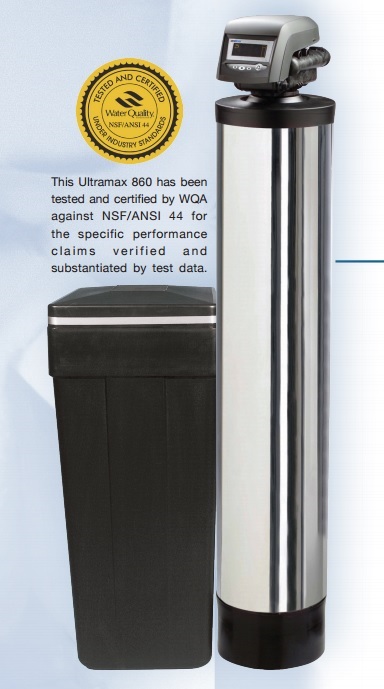 |
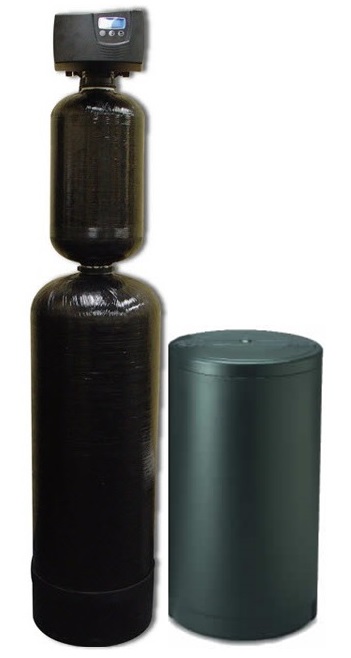 |
|
|
|
Are you comfortable drinking and bathing in Chlorinated water? Please view this clip:
oOo
ADDITIONAL WATER SOFTENER COMPARISON TABLE
| (4) HYBRID-XT | (5) DUAL-MAX | (6) CABINET |
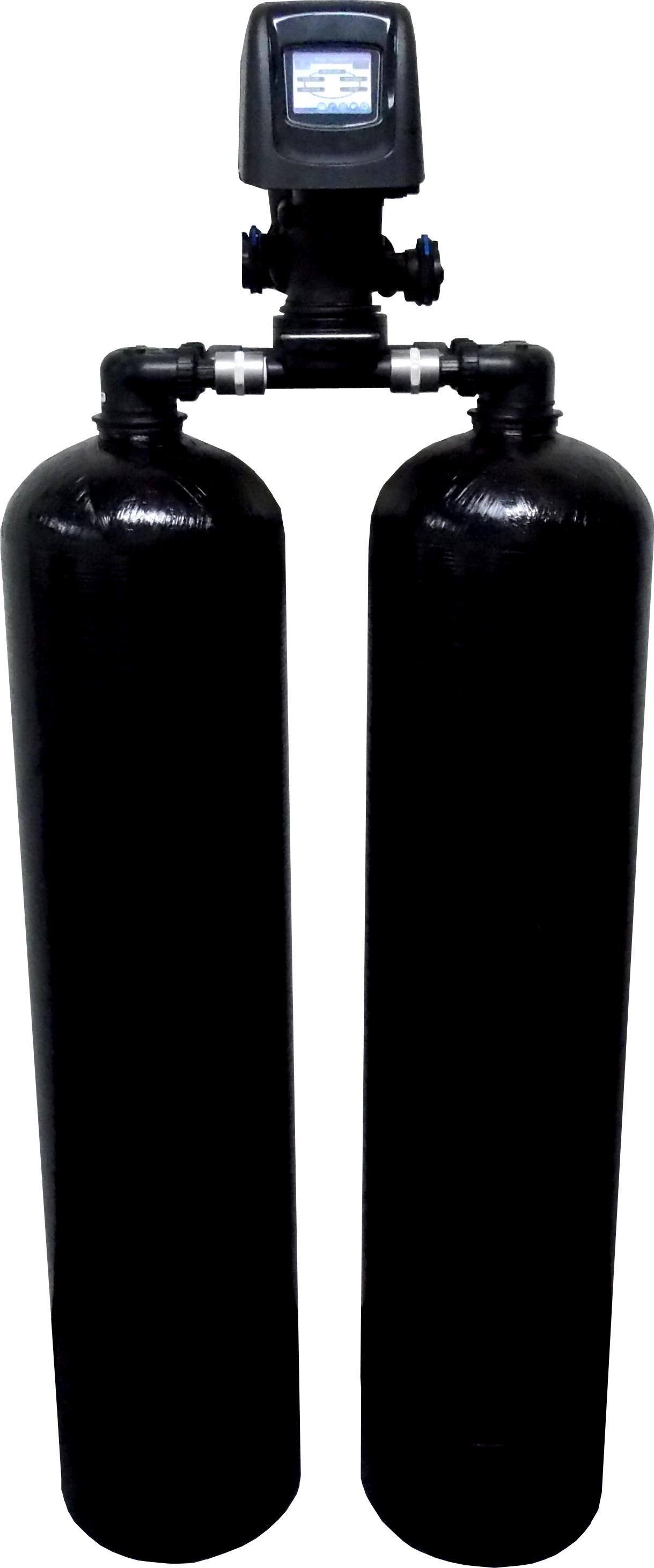 |
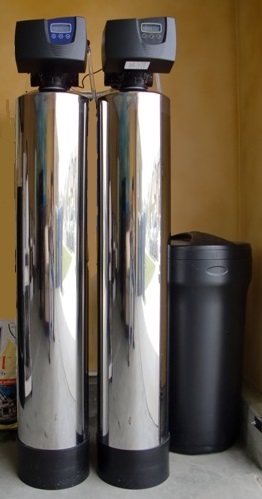 |
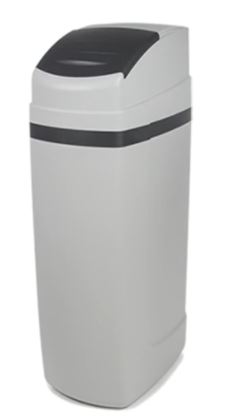 |
|
|
|
About Water Softening:
Hard Water contains dissolved minerals in the form of Calcium (Ca), Magnesium (Mg), and Iron (Fe). Removal of these minerals is accomplished by softening the water through an ion exchange process using a water softener. As the water flows through the mineral tank of the water softener, the dissolved minerals become attached to the resin, creating soft water. Over a period of time the resin in the water softener will become exhausted, and the water softener will regenerate using a brine solution produced from the salt in the brine tank. Recently, a new study by Battelle Memorial Institute on "Benefits of removal of water hardness (calcium and magnesium ions) from a water supply." proved the benefits of water softeners (see photos in PDF pages 51-59, 153-195)
Advantages to Using a Water Softener:
A Water Softener can save you thousands of dollars.
Review a recent study by Battelle Memorial Institute on "Benefits of removal of water hardness (calcium and magnesium ions) from a water supply." ( Article )
- Higher Quality Drinking Water
- Prevents Hard Water Scale
- Prevents Staining on Bathroom & Kitchen Fixtures as well as Dishes, Dishwasher, Washing Machine and Clothes
- Significantly Reduces Soap and Cleaning Product Consumption
- Provides Excellent Grooming & Cosmetic Benefits
- Reduces Water Heating Costs
- Prolongs the Life of Water Heaters, Icemakers, Dishwashers, Coffeemakers and Plumbing Fixtures.
How does a Water Softener work?
A typical water softener has four major items:
- Resin Tank
- Resin
- Automatic Valve or Controller
- Brine or Salt Tank
Hard water flows over resin in the resin tank. Resin is in the form of tiny beads that have a special chemical property. At low concentration of sodium in typical hard water, the resin beads adsorb (combine with them) the hardness of water and replace it with an equivalent amount of sodium in water. As hardness is removed the water becomes "soft". The resin has a fixed capacity of the amount of hardness it can remove. Once that happens the resin can no longer remove the water hardness and the resin is called "saturated" or exhausted.
Fortunately, the same resin when exposed to high sodium chloride (common salt) concentration reverses the process and adsorbs the sodium and releases the hardness. This property is utilized in regenerating the exhausted resin. This is done by temporarily stopping the softening process and exposing the resin to high salt solution from the brine tank. The entire process is controlled by the controller valve which works either on time of regeneration (normally set at 2 AM) or by a meter valve inside the controller preset to a calculated amount of water that can be softened before regeneration. After regeneration the controller rinses the resin to remove all salt not adsorbed by the resin. The entire cycle lasts less than 1 hour.
The softening process adds a very small amount of sodium in the water which comes from the exchange process. It is not directly added from the brine tank. For example, water with 10 grain hardness will have a sodium addition of 80 ppm in the water after softening (8mg of sodium in 1L of water for each 1grain hardness).
Sodium added (mg) = Volume of water you drink (L) x Hardness removed (gpg) x 8mg/L/gpg
e.g., Amount of sodium in 2L of softened water in water with hardness 15gpg = 2L x 15gpg x 8mg/L/gpg = 240mg (about the same amount of sodium in 16oz of whole milk).
Concern salt (sodium) amount added by the water softener? Click here.
#136
